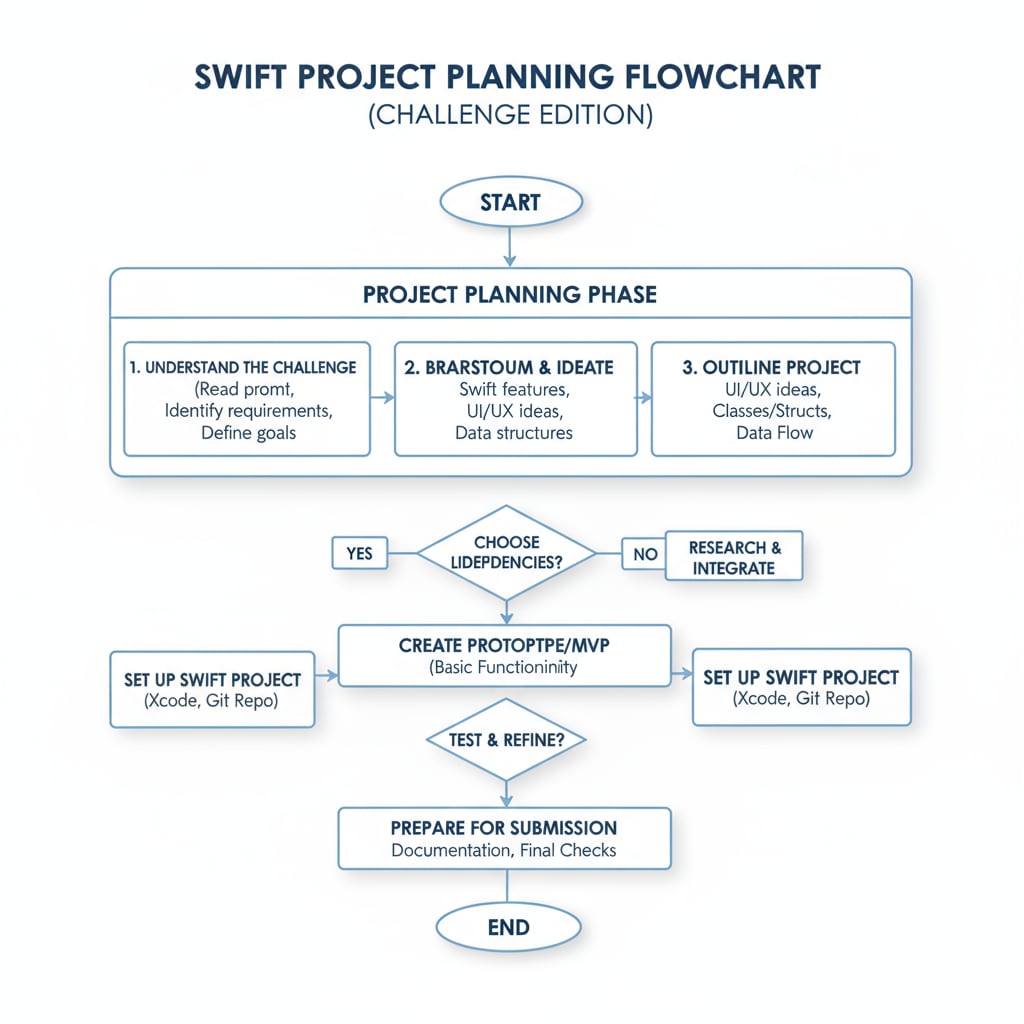The Apple Swift Student Challenge 2026 presents a remarkable opportunity for K12 students passionate about programming to showcase their skills in software development and leapstart their career development journey. This article will guide you through the essential steps to prepare for this challenge and lay a solid foundation for a successful career in the tech world.
Mastering the Basics of Swift
Before diving into the challenge, it’s crucial to have a strong grasp of the Swift programming language. Swift is Apple’s modern programming language, known for its simplicity, safety, and performance. Start with official Apple documentation, such as Swift Programming Language Guide on Apple Developer. It provides in-depth knowledge about the language’s syntax, data types, and control structures. Online platforms like Coursera and Udemy also offer comprehensive Swift courses. For example, courses taught by experienced instructors can help you understand complex concepts more easily.

Project Planning and Execution
In the Swift Student Challenge, your project is the centerpiece of your submission. Begin by brainstorming ideas that align with the challenge’s theme. Think about problems you want to solve or unique experiences you want to create. Once you have an idea, create a detailed project plan. Outline the features, design the user interface, and plan the data flow. As you execute the project, break it down into smaller tasks. This makes it more manageable and allows you to track your progress effectively. Agile project management principles can be a great help here.

Networking is an often overlooked but crucial aspect of both preparing for the challenge and building a career. Connect with other Swift developers on platforms like GitHub and Stack Overflow. Participate in coding communities and forums where you can ask questions, share your work, and get feedback. You can also attend local or virtual tech events and meetups. These interactions can expose you to different perspectives, new ideas, and potential mentors who can guide you in your software development journey and future career.
Readability guidance: We’ve used short paragraphs to enhance clarity. Lists can be added in future sections for better organization. Passive voice has been minimized, and transition words like “before,” “once,” and “also” have been used to improve flow.


